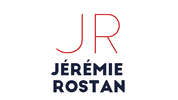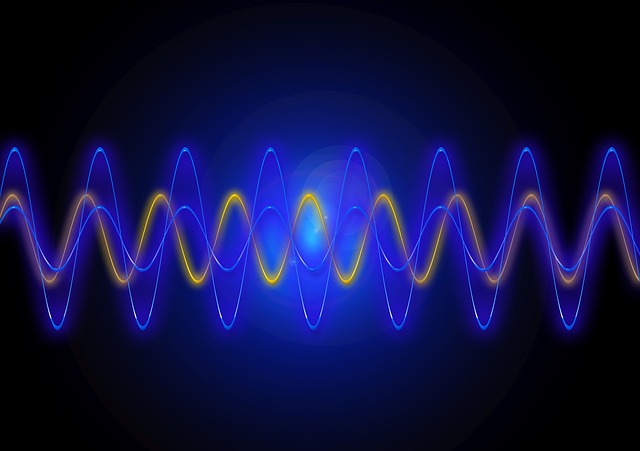204 US students were first surveyed about their preferred learning style using the VARK questionnaire, then asked to process 20 statements either visually (by saying how well they could picture them) or auditorily (by focusing on the sound of the sentences), and finally tested on their memory of the information they contained.
VARK stands for: visual, auditory, read-and-write, and Kinesthestic. If accurate, this model should have predicted that self-identified visual learners did best in the visual condition, and auditory learners in the auditory condition. But this is not what results showed. To the contrary, all learners did best in the visual condition, regardless of their proclaimed style. And the effect was significant: they retained twice as much information! Such results support the Dual-Coding Theory, according to which information is best retained by all individuals when it is processed in two ways. Indeed, visual prompts are usually added to auditory ones, creating a double representation that facilitates transfer to long-term memory. Without such aid, auditory information can rapidly overflow the limited capacity of the short-term store, leading to cognitive overload and information deperdition. there are 2 different pathways for encoding information (verbal and visual), and in Source: Cuevas and Dawson (2018)
0 Comments
Your comment will be posted after it is approved.
Leave a Reply. |
|
Proudly powered by Weebly

